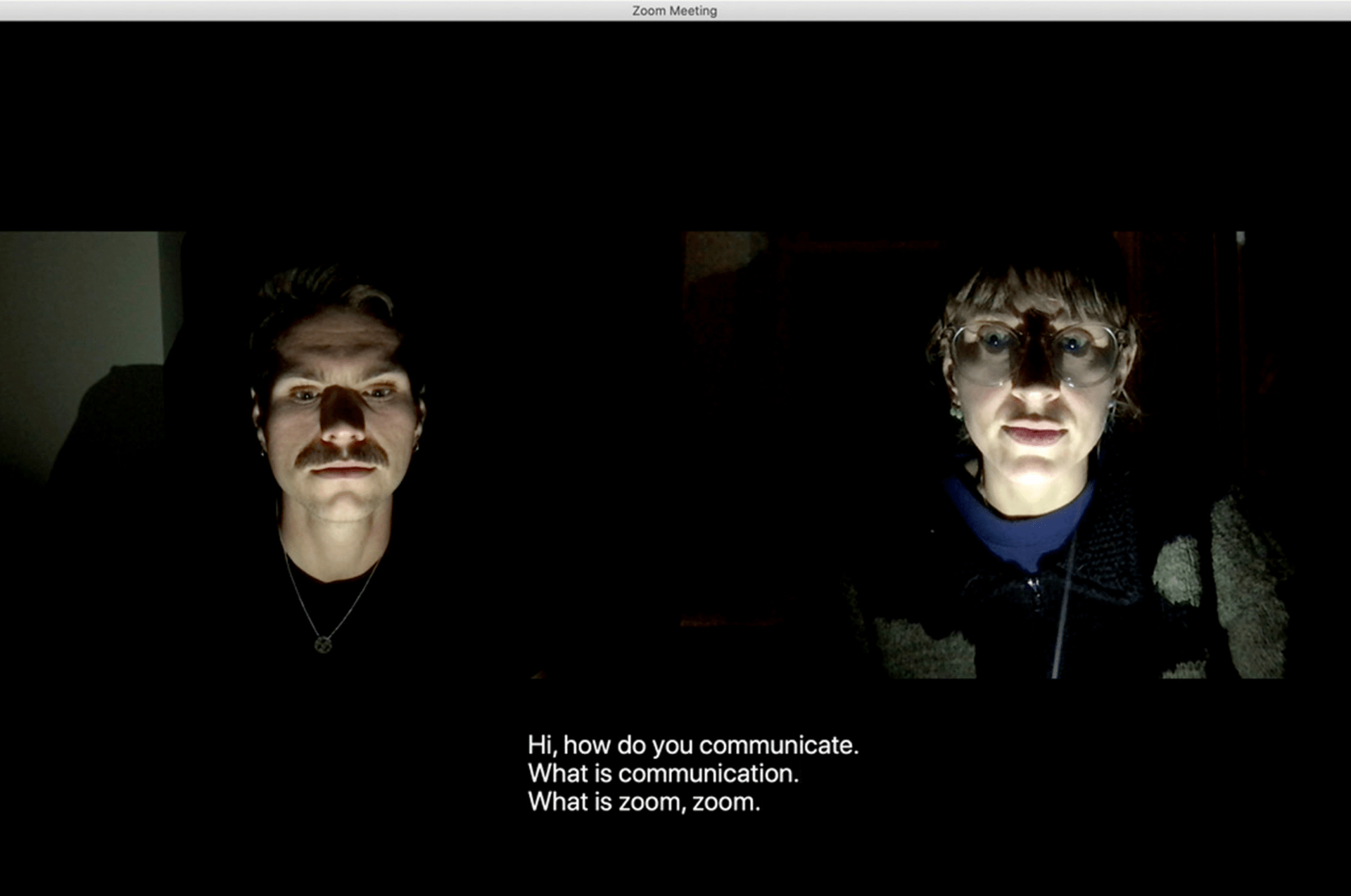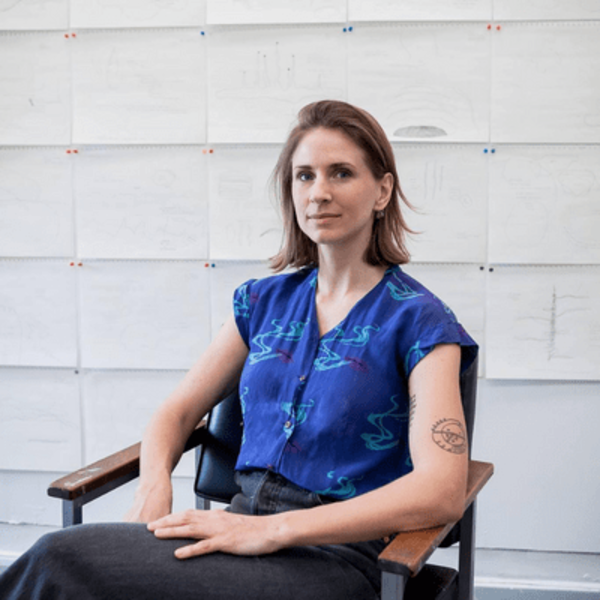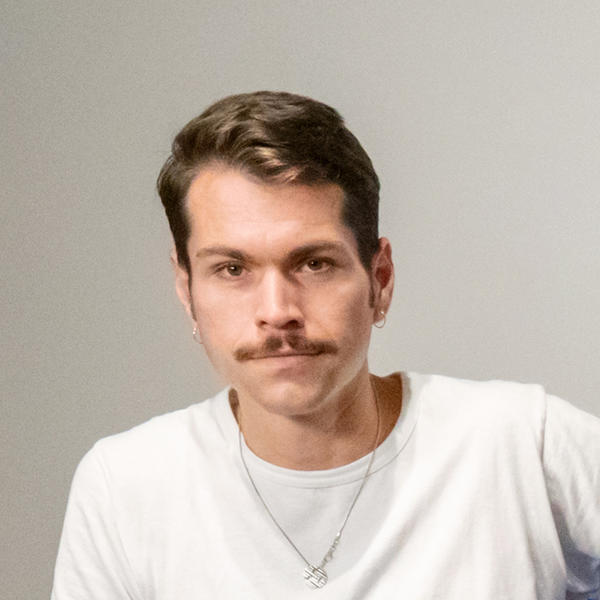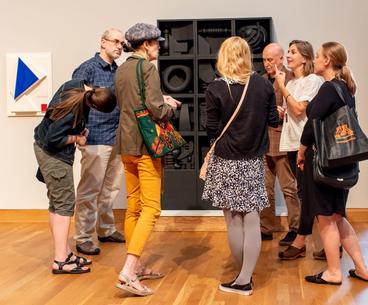
Additional Details
UPDATE 10/27: Due to unforeseen circumstances, our featured speakers aren't available and tonight's scheduled workshop has been canceled. If this virtual program is rescheduled, we'll share that information via WAM e-News, social media and here on the website. We apologize for any inconvenience.
When you speak with others, whose conversation is it? Who is included and, more importantly, who's being left out? How does the way we design the conversations we have, and the spaces in which we have them, affect who can access that interaction freely? How could we better make room for one another in our conversations? After nearly three years of meeting and engaging online, Zoom (and its counterpart platforms) have now become commonplace. And meeting virtually has opened up avenues for accessible participation for individuals with differing levels of sensory ability that face-to-face encounters usually don't achieve—thanks to readily accessible live captioning, easy ways to "pin" and "spotlight" speakers, etc.
Join us for an online version of the Flashlight Project, a workshop, where we'll explore the frameworks of conversation in this now-familiar, virtual environment, led by artists Liza Sylvestre and Christopher Jones. Let's use what we learn together to deconstruct the normative ways we interact to find fresh modes of communication that might invite more folks to join in.
Liza Sylvestre
Liza Sylvestre is a transdisciplinary artist and a Research Assistant Professor within the College of Fine and Applied Arts at UIUC where she has co-founded the initiative Crip*––Cripistemologyand the Arts (Crip*). Her work has been shown internationally at venues including the Plains Art Museum (Fargo), Weisman Art Museum (Minneapolis), Roots & Culture (Chicago), Soap Factory (Minneapolis), Soo Visual Arts Center (Minneapolis), John Hansard Gallery (Southampton, UK), ARGOS (Brussels), MMK (Frankfurt, Germany), MIT List Visual Arts Center (Cambridge), Collective (Edinburgh, Scotland), and Marta Herford (Herford, Germany). Sylvestre has been the recipient of both an Artists Initiative and an Arts Learning grant from the Minnesota State Arts Board, a fellowship through Art(ists) on the Verge, and most recently she has been named a 2021 Joan Mitchell Foundation Fellow and a 2022 Louis Comfort Tiffany Fellow. She has been artist-in-residence of the Weisman Art Museum and the Center for Applied and Translational Sensory Science (CATSS). In 2019 she received a Citizens Advocate Award from the Minnesota Commission of the Deaf, DeafBlind, and Hard of Hearing (MNCDHH). Sylvestre work has been written about in Art in America, Mousse Magazine, OculaMagazine, Art Monthly, SciArt Magazine and others.
Christopher Robert Jones
Christopher Robert Jones is an artist, writer, and Research Assistant Professor at the University of Illinois Urbana-Champaign (UIUC). They are the co-founder of Crip*—Cripistemology and the Arts (Crip*), a transdisciplinary initiative that is housed within the College of Fine and Applied Arts. Their recent Blue Description Project, made in collaboration with Liza Sylvestre and Sarah Hayden, will be screening this Spring and Summer at Gene Siskel Film Center (SAIC), MIT List Visual Arts Center, Whitney Museum of American Art, Personal Space Gallery, Weatherspoon Art Museum, and BFI Southbank Center.
Image (top): Christopher Jones and Liza Sylvestre on a darkened Zoom screen, with only their faces illuminated by flashlights. Captioning at the base of the screenshot reads: "Hi, how do you communicate. What is communication. What is zoom, zoom." Screenshot from a Flashlight Project workshop courtesy of the artists.




